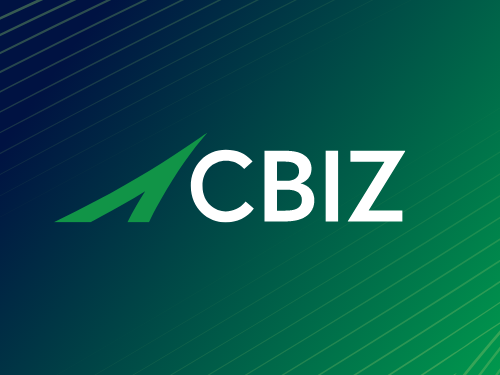The High Stakes of Post-Merger Rebranding
Mergers and acquisitions are not just financial transactions—they’re brand-defining moments. A successful rebrand post-merger can help unify stakeholders, maintain customer trust, and lay the foundation for future growth. But without a thoughtful strategy, the process can create confusion, dilute brand equity, and hinder market momentum.
Audit and Align: Assessing Brand Assets and Equity
Before any design or messaging decisions are made, it’s critical to assess the existing brand assets of both companies. Conduct a brand equity audit to determine the value, recognition, and emotional resonance of each legacy brand. Identify what elements should be preserved, revised, or sunset to create a cohesive identity.
Logo, Name, and Visual Identity Decisions
Choosing whether to adopt a new name, keep an existing one, or create a hybrid brand is one of the most visible aspects of a rebrand. Logo redesigns and updates to visual identity systems (color palette, typography, imagery) should reflect the strategic direction of the combined entity while maintaining visual continuity where possible to avoid alienating loyal customers.

Messaging Overhauls and Cultural Integration
Messaging is the connective tissue of any brand. Merging two companies means merging two voices, two missions, and often, two company cultures. Develop a unified messaging framework that clarifies the brand promise, values, and tone of voice. This is especially important for internal communications, where cultural alignment can make or break integration success.
Stakeholder Rollout: From Employees to Customers
A phased and audience-specific rollout plan ensures each stakeholder group receives the right message at the right time. Internal audiences should be engaged early with clear rationale, brand education, and avenues for feedback. For customers, partners, and the public, a coordinated external launch should emphasize the benefits of the merger and demonstrate continuity.
Tools and Templates for a Smooth Rebrand
Brand guidelines, asset libraries, email signature templates, and branded presentation decks are essential tools for ensuring consistency across all touchpoints. Change management resources can support internal adoption and reduce friction during the transition.

Real-World Success: How Bluetext Supports M&A Branding Efforts
Bluetext has supported numerous organizations through the complexities of M&A branding. From building interim brand architectures to full-scale redesigns and brand launches, our team ensures that brand transitions are not only seamless but strategically sound. One standout example is our work with BlueHalo, where we unified several acquired entities under a single, future-focused brand identity. Following the launch, BlueHalo rapidly scaled—bolting on additional acquisitions, securing billion-dollar contracts, and ultimately being acquired by AeroVironment. It’s a testament to how the right brand strategy can fuel momentum and maximize enterprise value.

Ready for a Seamless Rebrand?
Partner with Bluetext to ensure your post-merger rebranding process is strategic, smooth, and successful. Contact us today.



